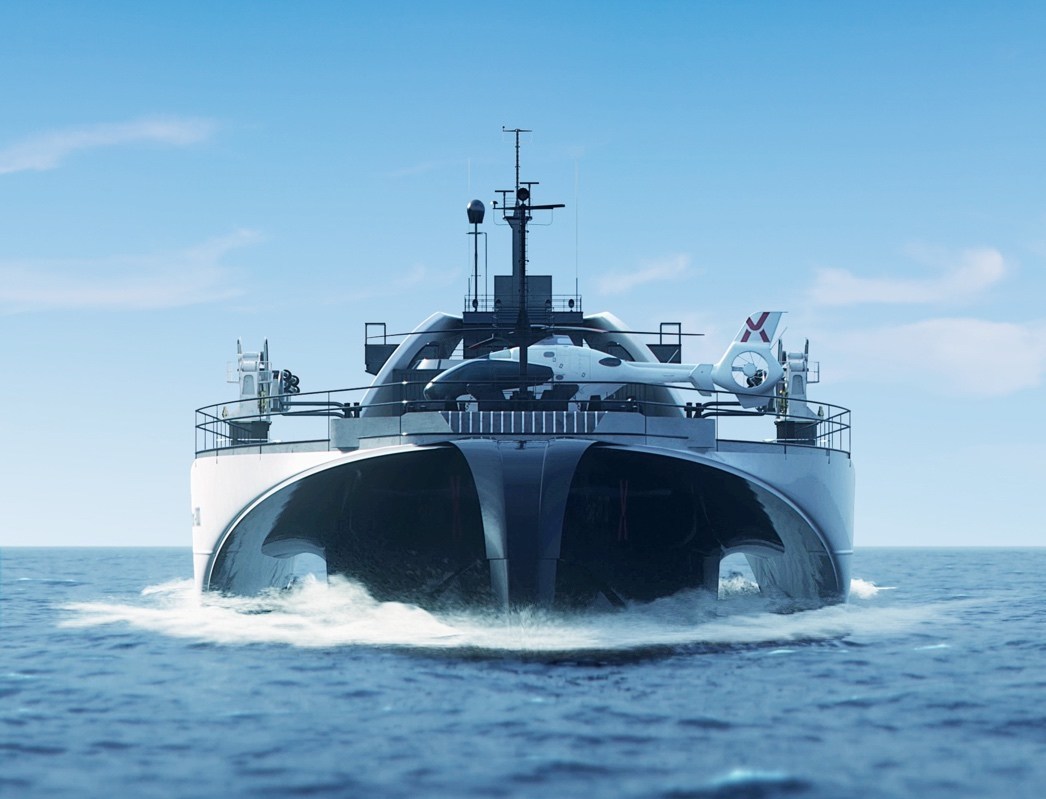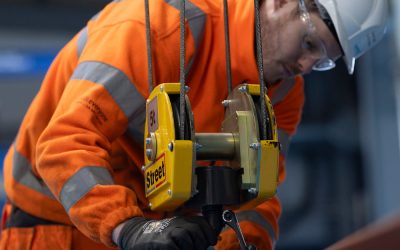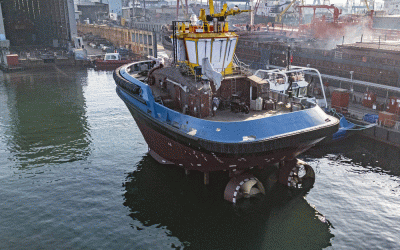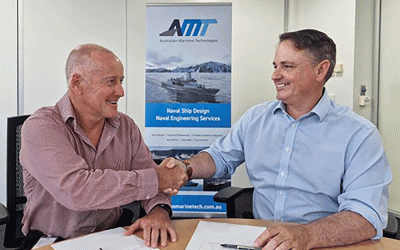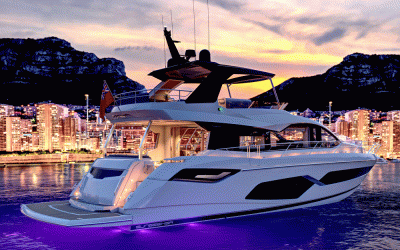Typically, offshore turbine farms transfer wind-generated electricity to shore via subsea cable – which, while an effective means of power transfer, can prove extremely costly and leave a considerable environmental footprint.
To bypass this process, Japanese firm PowerX has announced that it is developing an autonomous trimaran, the Power ARK 100, which will instead carry a maximum payload of 100 grid batteries, equating to 200MWh of power, from the farm to shore. According to PowerX, this amount is equivalent to the total electricity consumption by 22,000 Japanese households in one day.
Scheduled for launch in 2025, the Power ARK 100 will feature an overall length of 100.5m, a breadth of 21.9m, a draught of 5m and a deadweight of 2,200tonnes. The vessel will be powered by a combination of batteries and biofuels, resulting in a service speed of 7knots and a top speed of 14knots. When running solely on batteries, the vessel will have a range of 300km.
The Power ARK 100 will also be fitted with various electronic solutions to facilitate autonomous operations, including sensors for navigation/collision avoidance plus radar, LiDAR, sonar and AIS. Concurrently, PowerX is building a battery assembly factory in Japan to produce batteries for the Power ARK 100. The company estimates that this facility will achieve a production capacity of 1GWh by 2024, increasing to 5GWh by 2028.
The Japanese government wants renewable energy to comprise 36-38% of its domestic power mix, and offshore wind power is expected to be key to fulfilling this goal – provided that the country’s wind farms can come to generate 30-45GW by 2040.
